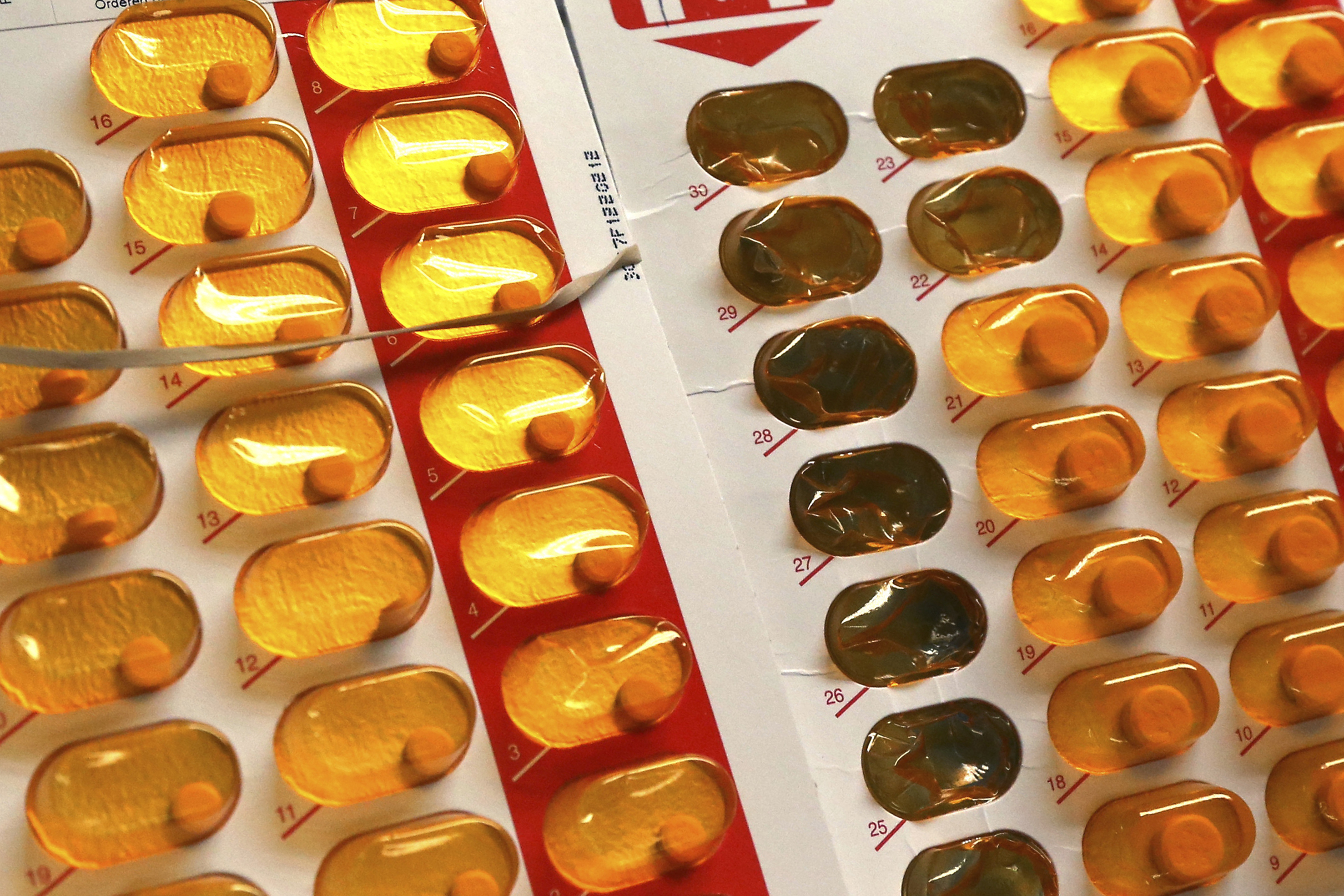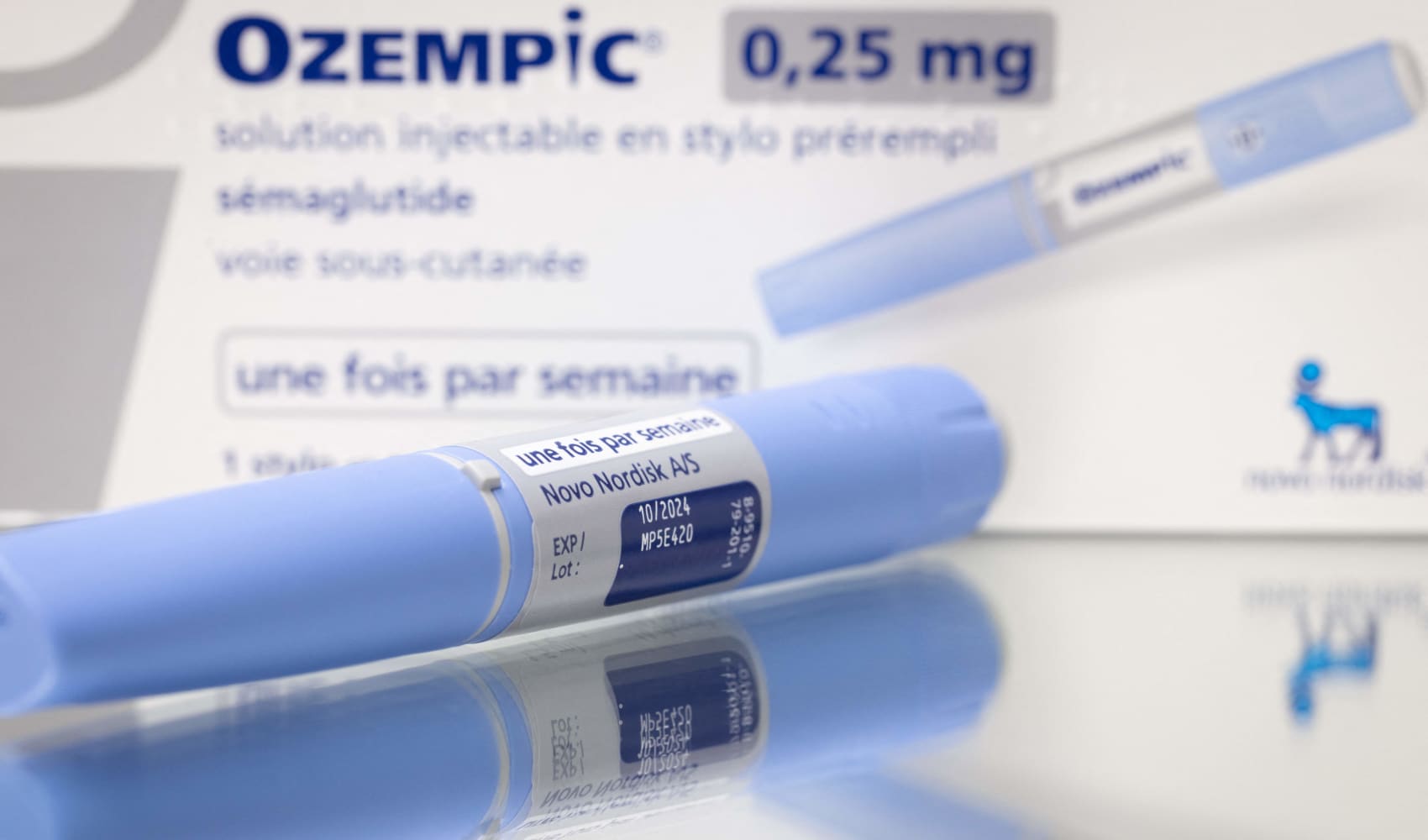Wednesday on Glioblastoma Awareness Day, doctors, patients and survivors worked to raise awareness about this form of cancer.
Glioblastoma is one of the most aggressive forms of brain cancer, one that strikes people of all ages and is notoriously hard to treat. Each year, 12,000 Americans will be diagnosed with glioblastoma.
Glioblastoma is the same type of cancer that took the life of beloved News4 anchor and reporter Wendy Rieger in April.
“I could actually feel what I described as a hurricane in my head,” Rieger said in an interview in June.
We're making it easier for you to find stories that matter with our new newsletter — The 4Front. Sign up here and get news that is important for you to your inbox.
Rieger bravely shared her battle with glioblastoma last year until it took her life. She was 65 years old.
“More and more people are being more vocal about their disease,” David Arons, president and CEO of the National Brain Tumor Society, said. “That's the big change. It used to be that when someone had a brain tumor, there may be a little bit of stigma about it because it's a cancer that not only affects the body but can affect the mind.”
“It can tragically steal one’s sense of self and who they are,” Arons said.
Health
Arons also explained why glioblastoma is especially difficult to treat.
“One of the most important ways you attack cancer is find the patterns in the cells, figure out what's going to turn on cancer and turn off cancer, and use drugs and devices to turn those switches on and off. But when you have cells inside glioblastoma, sadly, like Wendy Rieger had, you're looking at a much more complex situation. It's so far been thwarting a lot of treatment development,” Arons said.
New research shows cases have risen over the past decade, due in part to an aging population and environmental factors.
Even after surgery, chemotherapy and radiation, patient survival rates are within 14 to 18 months. Researchers hope to improve the survival rate though experimental medicine.
“We've seen a whole class of drugs called DNA damage response drugs. They’re drugs that stop the cancer's DNA from repairing itself,” Arons said. “If you can stop that effect, then you can shut down the cancer.”
There are also several clinical trials being conducted, including one that allows patients to test several experimental treatments at once.
“We've partnered to support the most aggressive, glioblastoma-focused clinical trial in history called GBM Agile that is rapidly evaluating five different new investigational drugs simultaneously against each other to see which ones work best,” Arons said.
The trials are giving hope to patients and their loved ones.
“It's something that all Americans have a stake in. Anyone can get a brain tumor,” Arons said.
Researchers say despite the increase in cases, glioblastoma is still very rare; it only accounts for 1% of all cancers. Symptoms include severe headaches, seizures, changes in the ability to talk and function as well as balance issues.
Visit the Brain Tumor Society’s website for more information and resources, including clinical trials.



